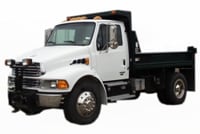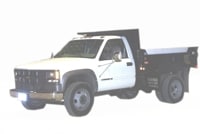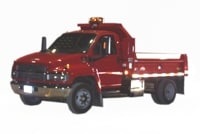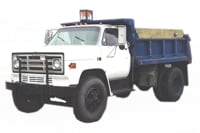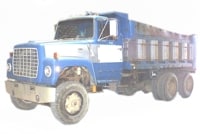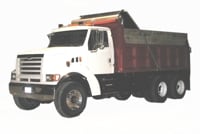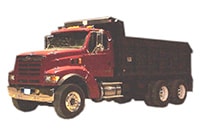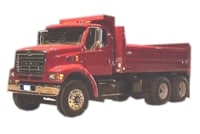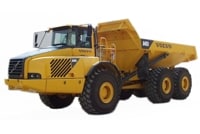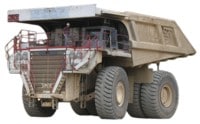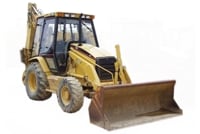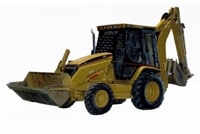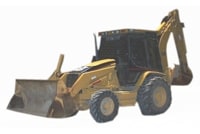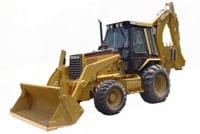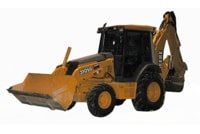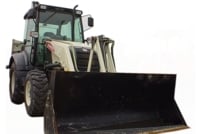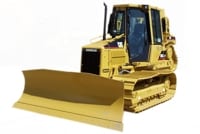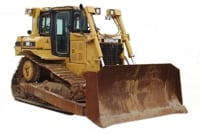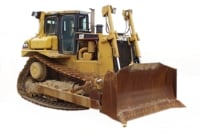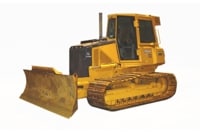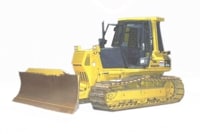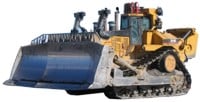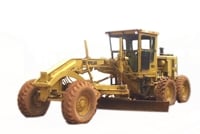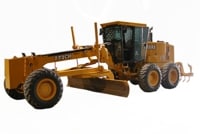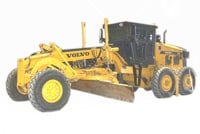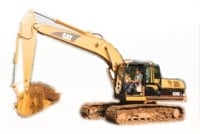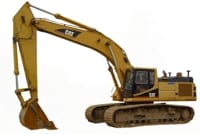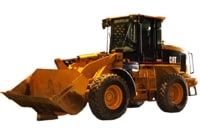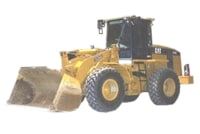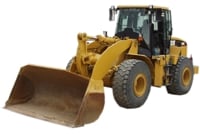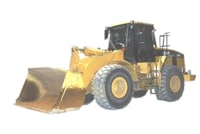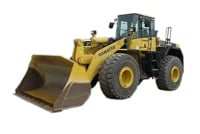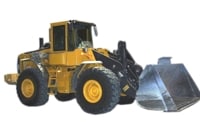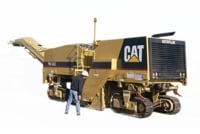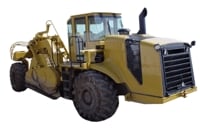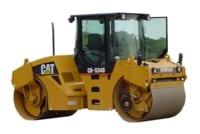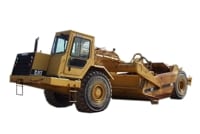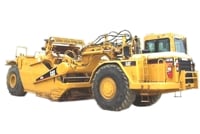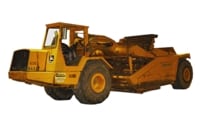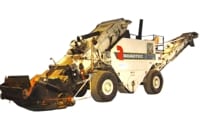At a glance
Blind areas refer to spaces of limited visibility around construction vehicles and equipment. Resources to improve workers' abilities to identify these areas can help workers stay safe on the job.

Why it's important
Highway and street construction workers are at risk of fatal and serious injuries while working at roadway construction job sites.
There is risk of injury from being struck by construction vehicles and equipment moving within the work zones. Limited visibility around equipment partly contributes to these incidents.
Diagram lookup
The section below lists construction vehicles for which there are blind area diagrams.
For each vehicle, diagrams represent the operator's ability to see objects at different elevations:
- Ground level
- 900 mm (3')
- 1500 mm (4'11")
The 900 mm plane represents the average height of a channelizing device. The 1500 mm plane corresponds to the height of a 4' 11" person.
2 Axle, Front Steer, Rear Dump Trucks
3 Axle, Front Steer, Rear Dump Trucks
Articulated, 3 Axle, Rear Dump Trucks
Backhoe Loaders
Dozers
Graders
Hydraulic Excavators
Loaders
Cold Planers
Road Recyclers – Reclaimers
Rollers
Scrapers
Transfers – Shuttle Buggies
Disclaimer
The blind area diagrams are reproduced as received from the contractor, Caterpillar Inc., under NIOSH contract number 200-2002-00563. The opinions, findings, and conclusions expressed herein are not necessarily those of the National Institute for Occupational Safety and Health (NIOSH). Furthermore, mention of any company or product does not constitute endorsement by NIOSH.

